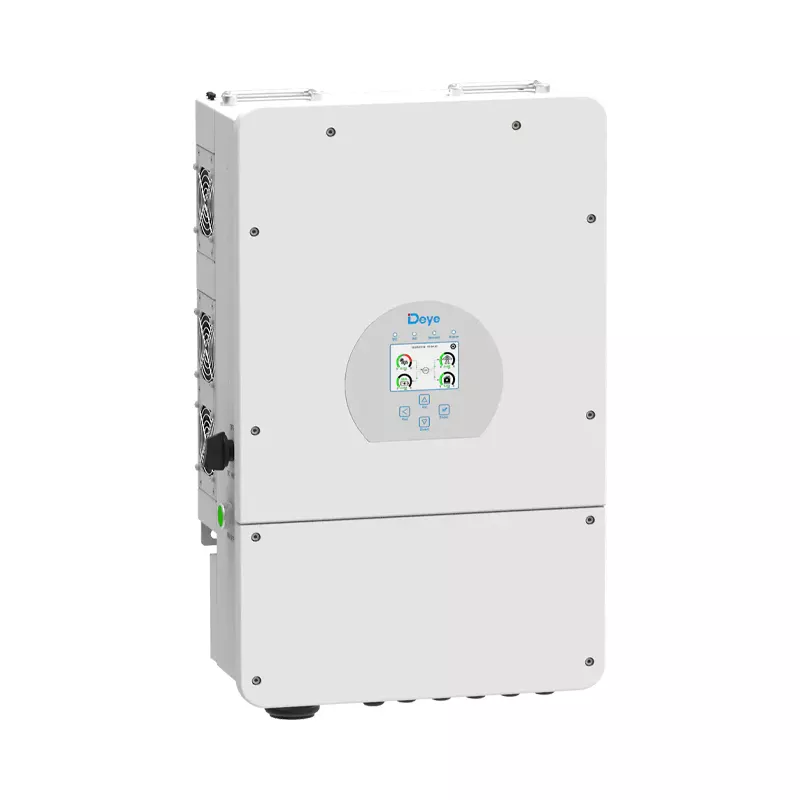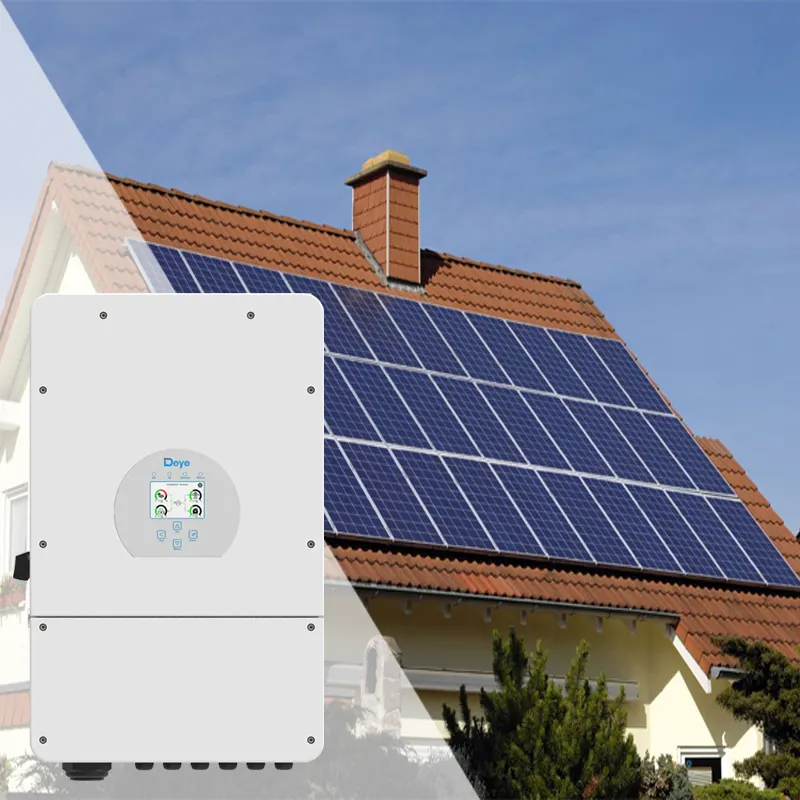Ever wondered how a hybrid inverter works? At its core, it’s like a team player for your energy needs. A hybrid inverter blends the best of both solar and battery storage. When the sun shines, it converts solar power into usable energy for your home. If there’s excess, it stores it in batteries for later. When the sun’s not shining, it pulls from those batteries, ensuring you always have power. Think of it as a bridge between your solar panels and batteries, making sure you get the most out of both. It’s a smart and efficient way to manage energy!
What is a hybrid inverter?
A hybrid inverter is a special device used in solar power systems. It combines two main functions into one unit. Firstly, it converts the direct current (DC) from solar panels into alternating current (AC) for home use. Secondly, it can manage and store excess energy in batteries for later use. This means when the sun isn’t shining, you can still use stored solar power. So, with a hybrid inverter, you get the best of both worlds: immediate power and stored energy. It’s like having a backup plan for your solar system. Choosing a hybrid inverter can be a smart move for consistent power!

How does hybrid inverter work
A hybrid inverter plays a crucial role in modern solar systems. Let’s dissect it step by step to learn how it operates. Imagine you have solar panels on your roof. These panels capture sunlight and convert it into direct current (DC) electricity. But there’s a catch. Most home appliances need alternating current (AC) to run, not DC.
That’s where the first job of the hybrid inverter comes in. It takes the DC power from the solar panels and turns it into AC power for your home. This conversion ensures your gadgets and appliances run smoothly with solar energy.
Now, what if the sun is shining brightly and your panels produce more electricity than you need? Instead of wasting this excess power, a hybrid inverter can save it for later. It directs this extra energy into a battery storage system. Think of this battery as a bank. It keeps your solar energy safe until you need it.
Here’s the fun part. On cloudy days or during nighttime, when your panels might not produce enough power, the inverter goes into action again. It takes the stored energy from your battery and sends it to your home. This ensures you have a steady power supply, day or night.
Moreover, if your battery is full and your home doesn’t need power, the inverter has another trick up its sleeve. It can send the excess electricity back to the grid. Some places even pay you for this!
The difference between an Inverter and a Hybrid Inverter
If you’ve ever wondered about the difference between a regular inverter and a hybrid one, you’re in the right place. I’m here to simplify things for you in the simplest terms.
Basic Purpose
Inverter: At its core, an inverter changes direct current (DC) to alternating current (AC). Most of our household gadgets need AC to run. Solar panels and batteries produce DC. That’s where inverters come into play.
Hybrid Inverter: A hybrid inverter does what a regular inverter does and more. It not only converts DC to AC but also manages battery storage. It’s like having a manager for your power needs!
Energy Storage
Inverter: Think of a standard inverter as a simple converter. It doesn’t store energy. When solar panels produce excess energy, without storage, this energy goes to waste.
Hybrid Inverter: Here’s where the hybrid version shines. Batteries are able to temporarily store extra energy. No more wasted energy! It ensures you have power even when the sun isn’t shining.
Grid Connection
Inverter: Regular inverters can either be connected to the grid or not. When they are, any excess power goes back to the grid.
Hybrid Inverter: These are smarter. They decide where to send the excess power. It can either charge the batteries or send power back to the grid. It’s all about maximum efficiency.
Cost
Inverter: Generally, standard inverters cost less. If you’re on a tight budget and don’t need storage, this might be your pick.
Hybrid Inverter: Yes, they usually cost more. But remember, they offer more features. In the long run, the benefits might outweigh the initial cost.
Flexibility
Inverter: Regular inverters have a single job. They don’t adapt to changing energy needs.
Hybrid Inverter: These are the adaptable ones. They respond to your energy consumption patterns. If you use more energy at night, they ensure the stored power is ready for you.
Installation
Inverter: Installation is simpler. You connect it to your solar panels, and you’re good to go.
Hybrid Inverter: A tad more complex. Besides connecting to solar panels, it also links to batteries. But once it’s set, you enjoy a more comprehensive system.

In Wrapping Up
To wrap it up, a regular inverter converts DC to AC. It’s simple and often more affordable. On the other hand, a hybrid inverter is an all-in-one package. It manages conversion, storage, and efficient energy distribution.
